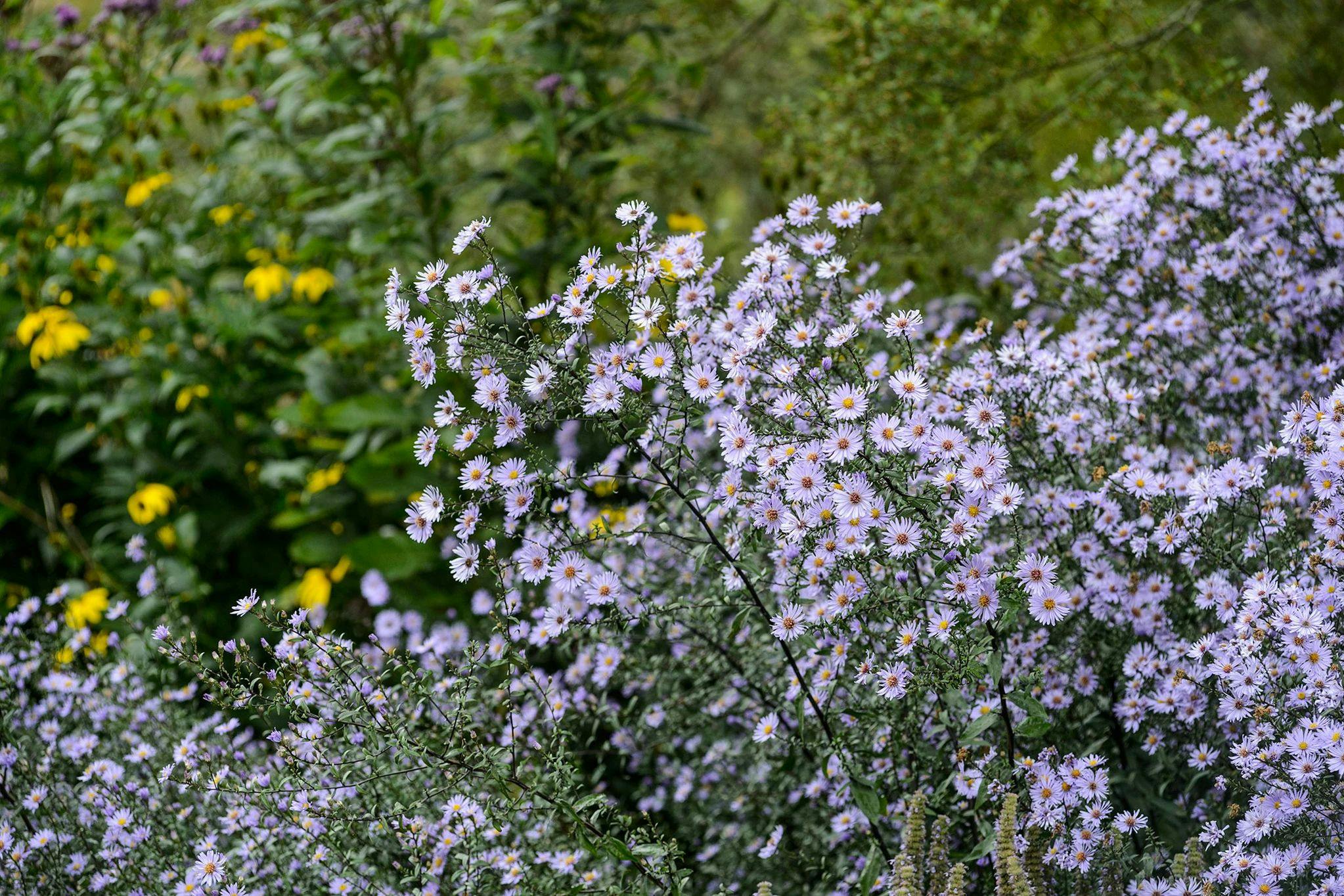
What the Chelsea Chop is all about
The Chelsea chop is perfect for late-blooming perennials. You'll want to do it around the end of May or the start of June. The task isn't too hard, but there's a bit of a knack to it.
Great Plants for the Chelsea Chop
The following plants dig the Chelsea Chop:
- Anthemis tinctoria
- Echinacea purpurea
- Perennial Sunflowers
- Phlox paniculata
- Nepeta (Catmint)
- Rudbeckia
You can also try this on many other perennials that bloom in summer and fall. How much you cut back depends on the plant - the closer you prune to the plant's flowering time, the later it'll bloom.
Steps to do the Chelsea Chop
The Chelsea chop involves reducing the height of certain perennials by about half. This has a few cool effects:
- The plants don't grow as tall and spindly.
- They need less support.
- The flowers are smaller, but you get more of them.
This is all because cutting off the top shoots lets the side shoots to branch out. Normally, the top shoots stop the side ones from branching by releasing hormones in a process called apical dominance. This method, along with regular feeding and watering, makes sure your garden looks neat all summer.
Here's how to do the Chelsea chop:
- Cut back groups of perennials by about a third to a half using garden shears or pruners. This makes the flowering happen later in the summer and keeps the plants shorter and more compact.
- If you have several groups of one plant, you can try cutting back some but leaving others. This will make the plant bloom for a longer period.
- Another approach is to cut back half the stems at the front of the plant, extending the blooming season rather than delaying it.
Watch Out For
The Chelsea chop generally works great, but some plants (not on the list above) might not respond well, and you could lose a year's worth of flowers. So, just keep that in mind!